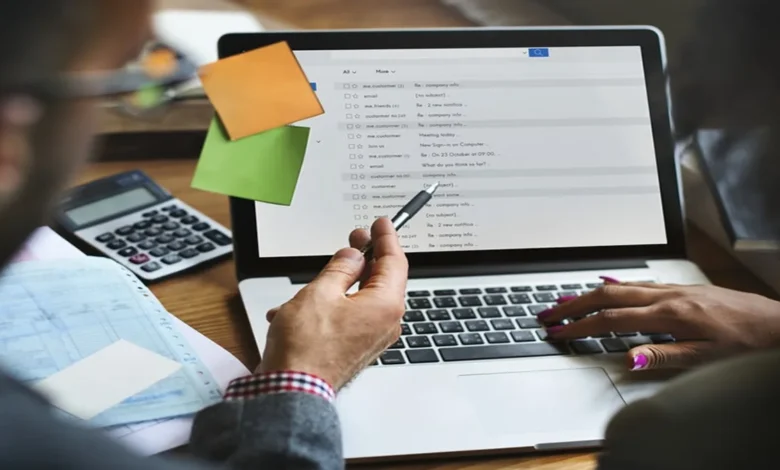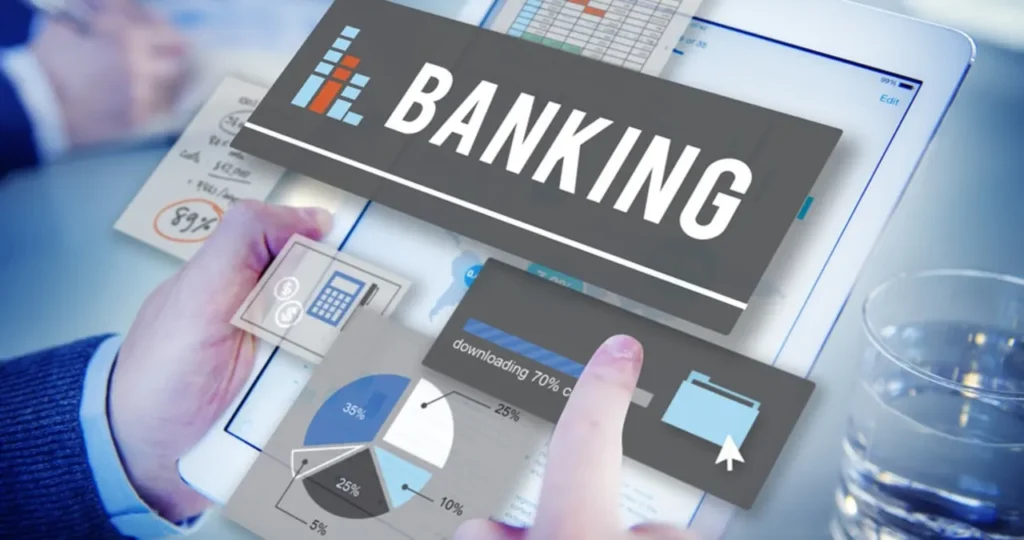How to Reconcile Your Bank Account: A Step-by-Step Guide to Avoid Overspending

Managing your finances effectively is crucial to maintaining financial stability and avoiding unnecessary debt. One of the most important practices to achieve this is reconciling your bank account. Bank reconciliation is the process of comparing your financial records with your bank statement to ensure they match. This practice helps you identify discrepancies, avoid overspending, and maintain a clear picture of your financial health. In this comprehensive guide, we’ll walk you through the step-by-step process of reconciling your bank account and share tips to help you stay on track.
Why Is Reconciling Your Bank Account Important?

Before diving into the steps, it’s essential to understand why reconciling your bank account is so important. Here are some key reasons:
- Prevent Overspending: By reconciling your account, you’ll know exactly how much money you have available, helping you avoid spending more than you have.
- Identify Errors: Mistakes can happen, whether it’s a bank error, a forgotten transaction, or even fraud. Reconciliation helps you catch these issues early.
- Track Your Spending: Regularly reconciling your account allows you to monitor your spending habits and make adjustments to stay within your budget.
- Avoid Overdraft Fees: Knowing your exact balance helps you avoid overdrafts and the associated fees.
- Improve Financial Awareness: Reconciliation gives you a clear understanding of your financial situation, empowering you to make informed decisions.
Step-by-Step Guide to Reconciling Your Bank Account
Reconciling your bank account may seem daunting at first, but it’s a straightforward process once you get the hang of it. Follow these steps to reconcile your account effectively:
Step 1: Gather Your Documents
Start by collecting all the necessary documents, including:
- Your most recent bank statement (either paper or digital).
- Your checkbook register or a personal finance app where you track transactions.
- Receipts for recent purchases, withdrawals, or deposits.
Having all your financial records in one place will make the reconciliation process smoother.
Step 2: Compare Your Records with the Bank Statement
Begin by comparing each transaction in your records with those listed on your bank statement. Look for:
- Deposits
- Withdrawals
- Purchases
- Fees (e.g., ATM fees, service charges)
- Interest earned
Mark off each transaction that matches between your records and the bank statement. This step ensures that both sets of records are aligned.
Step 3: Identify Discrepancies
If you notice any differences between your records and the bank statement, investigate the cause. Common discrepancies include:
- Outstanding Transactions: These are transactions you’ve recorded but haven’t yet cleared the bank (e.g., checks you’ve written but haven’t been cashed).
- Bank Errors: Although rare, banks can make mistakes, such as recording the wrong amount for a transaction.
- Fraudulent Activity: Unauthorized transactions could indicate fraud or identity theft.
- Recording Errors: You may have accidentally entered the wrong amount or forgotten to record a transaction.
Step 4: Adjust Your Records
Once you’ve identified discrepancies, update your records to reflect the correct information. For example:
- Add any missing transactions.
- Correct any errors in amounts or dates.
- Note any outstanding transactions that haven’t cleared yet.
If you suspect fraud or a bank error, contact your bank immediately to resolve the issue.
Step 5: Calculate Your Adjusted Balance
After updating your records, calculate your adjusted balance. Start with the ending balance on your bank statement and:
- Add any deposits not yet recorded by the bank.
- Subtract any outstanding withdrawals or checks.
Your adjusted balance should match the balance in your records. If they don’t match, revisit the previous steps to identify any missed discrepancies.
Step 6: Review and Reflect
Once your records and bank statement match, take a moment to review your spending habits. Ask yourself:
- Are there any areas where you’re overspending?
- Can you cut back on unnecessary expenses?
- Are there any recurring fees you can eliminate?
This reflection will help you make better financial decisions moving forward.
Tips for Successful Bank Reconciliation
To make the reconciliation process even easier, consider these tips:
1. Reconcile Regularly
Make reconciliation a regular habit, whether it’s weekly, bi-weekly, or monthly. The more frequently you reconcile, the easier it will be to catch errors and stay on top of your finances.
2. Use Financial Tools
Take advantage of personal finance apps or software that can automate parts of the reconciliation process. Many apps sync with your bank account and categorize transactions for you.
3. Keep Detailed Records
Maintain accurate and up-to-date records of all your transactions. This includes saving receipts, recording checks immediately, and tracking cash withdrawals.
4. Set Up Alerts
Enable account alerts through your bank to notify you of low balances, large transactions, or unusual activity. These alerts can help you stay informed and prevent overspending.
5. Create a Budget
A budget is a powerful tool to complement bank reconciliation. By setting spending limits for different categories, you can avoid overspending and ensure you’re living within your means.
Common Mistakes to Avoid
While reconciling your bank account is a valuable practice, there are some common mistakes to watch out for:
- Ignoring Small Transactions: Even small purchases can add up over time. Make sure to record every transaction, no matter how minor.
- Forgetting Outstanding Transactions: Don’t overlook checks or payments that haven’t cleared yet. These can significantly impact your balance.
- Relying Solely on Online Banking: While online banking is convenient, it may not always reflect pending transactions. Always cross-check with your records.
- Skipping Reconciliation: Neglecting to reconcile your account can lead to financial mismanagement and overspending.
The Long-Term Benefits of Bank Reconciliation
Reconciling your bank account isn’t just a one-time task—it’s a habit that can transform your financial life. Here are some long-term benefits:
- Improved Financial Health: By staying on top of your finances, you’ll be better equipped to save, invest, and achieve your financial goals.
- Reduced Stress: Knowing exactly where your money is going can alleviate financial anxiety and give you peace of mind.
- Stronger Budgeting Skills: Regular reconciliation helps you develop better budgeting habits and make smarter spending decisions.
- Protection Against Fraud: Early detection of unauthorized transactions can save you from significant financial losses.
Conclusion
Reconciling your bank account is a simple yet powerful practice that can help you avoid overspending, catch errors, and maintain control over your finances. By following the step-by-step guide outlined above, you can make reconciliation a regular part of your financial routine. Remember, the key to economic success lies in staying informed, organized, and proactive. Start reconciling your bank account today and take the first step toward a healthier financial future.
By implementing these strategies and making bank reconciliation a habit, you’ll not only avoid overspending but also gain a clearer understanding of your financial situation. Whether you’re managing a tight budget or planning for long-term goals, reconciliation is an essential tool for economic success.
5 FAQS about this content
FAQs About Reconciling Your Bank Account to Avoid Overspending
- What is bank reconciliation, and why is it important?
- Bank reconciliation is the process of comparing your financial records with your bank statement to ensure they match. It’s important because it helps you identify errors, prevent overspending, avoid overdraft fees, and maintain a clear picture of your financial health.
- How often should I reconcile my bank account?
- It’s recommended to reconcile your bank account regularly, such as weekly, bi-weekly, or monthly. The more frequently you do it; the easier it is to catch discrepancies and stay on top of your finances.
- What should I do if I find a discrepancy during reconciliation?
- If you find a discrepancy, investigate the cause. It could be an outstanding transaction, a bank error, or even fraud. Update your records to reflect the correct information, and if you suspect fraud or a bank error, contact your bank immediately.
- Can I use tools or apps to help with bank reconciliation?
- Yes, many personal finance apps and software can automate parts of the reconciliation process. These tools sync with your bank account, categorize transactions, and help you track your spending more efficiently.
- What are the long-term benefits of reconciling my bank account?
- Reconciling your bank account regularly improves your financial health, reduces stress, strengthens budgeting skills, and protects you against fraud. It also helps you make informed financial decisions and avoid overspending.





